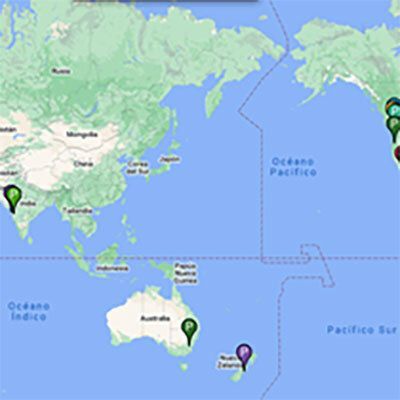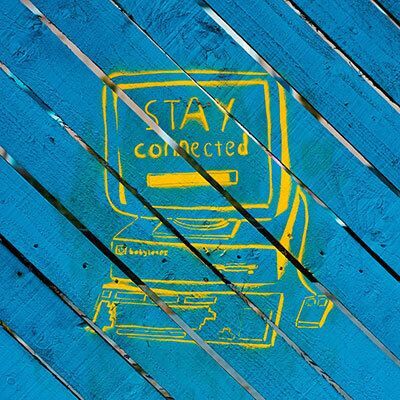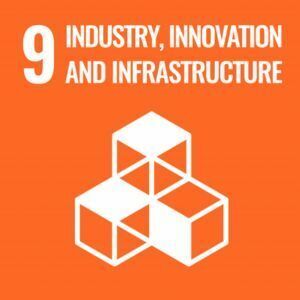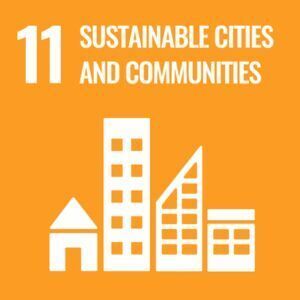Photo by Jukan Tateisi on Unsplash
Sustaining Compassionate Communities
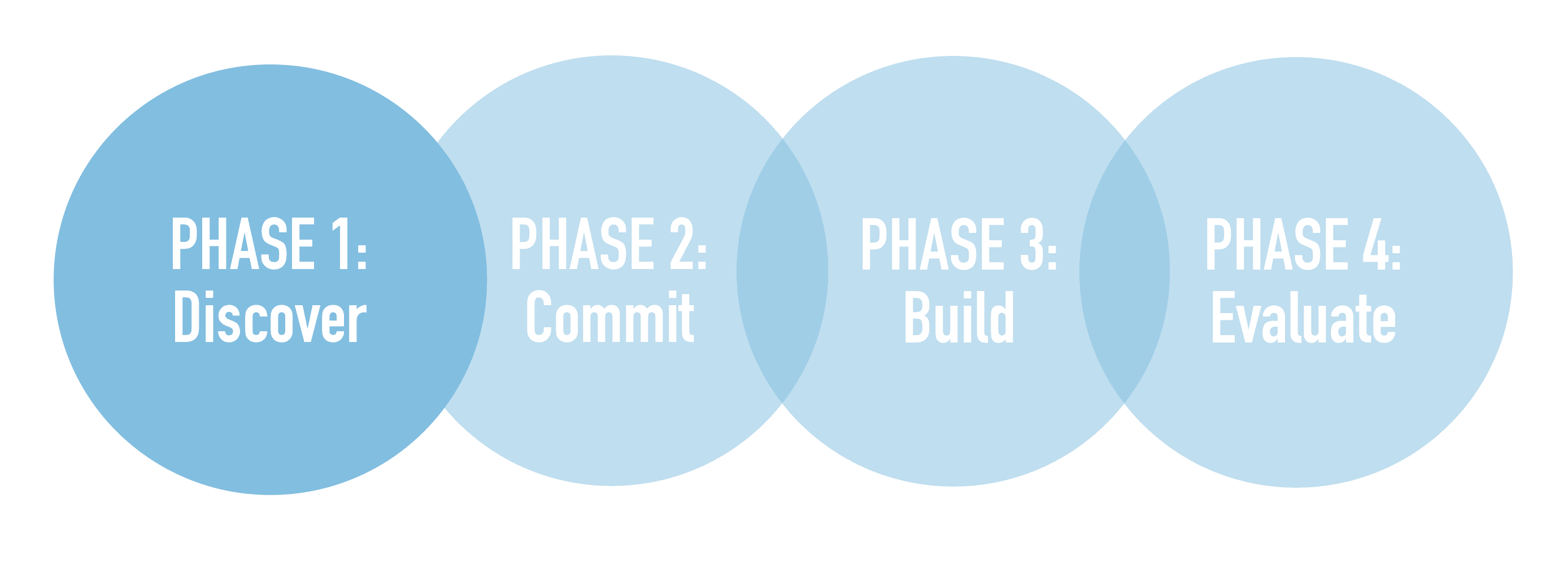
Preliminary Steps
The checklist of 10 suggested steps below was developed for those who want to organize a Compassionate City or Community, but it may also be useful to any group organizing for social change and development. The important fact about creating a compassionate community is that it does take a team to bring it about—one or two people can’t do it alone. It is a collaborative effort. You’ll find that the stronger your team, the more effective the initiative.
Below are the steps and each is part of the Action Phases. Review them and don’t get caught up thinking that working on a compassionate city initiative is so complex and there is too much information to work your way through. Working on a community initiative does that time, commitment and effort. There is no quick fix to transforming your neighborhood, city or region. It takes time. Just know that we are working along with you to help you throughout the process. Contact us, participate in our monthly city webinars and take part in our learning programs.
Step 1. Bring together a group of people who are open to identifying “discomforts” in your community.
Welcome to Phase 1: Discover. There are 3 steps in this Phase.. This beginning step starts with people who are intrigued and interested in creating a compassionate city. It is a “talking,” “meet and greet,” and “getting to know each other” segment. This is where the conversation starts. It is the Discover Phase of the process. If you clicked on the link to the Discover Phase you’ll see that it contacts Steps 1-3. You will want to review step 1 more closely. You may even wish to review the Participating Communities part of the website. You’ll find countries from which are compassionate communities come, see listings of affirmed communities, meaning that the local government has signed on to the Charter’s document, and then there are names of hundreds of communities worldwide who are involved in the process of working on an initiative. Watch the video of our hope for the next 10 years.
Step 2. Discover already-existing programs that are dealing with local programs and celebrate their successes.
This step involves extending the conversation to people working in the community, in organizations and even in local government. Learn about who they are and invite them into the conversation. You might look at our short overview film of the Charter and look at the most recent cities film, the one you’ve already seen. However, each time you watch it you’ll learn more. Watching ever one or both of the films should bring on a lively discussion of where you may want to go from here.
We have a suggestion: Consider taking CIT4Teams. This is a beginning commitment to forming a solid structure for your team, learning about compassion for self, others and how we need to understand interdependency when it comes to organizations with whom we will be working.
Most probably not everyone who is involved with your group will want or be able to take CIT4Teams, but some may be interested in learning more about compassion, the science of compassion, the workings of the Charter, Check out our Charter Education’s Self-Directed Learning Courses.
Step 3. Invite people to join you in assessing your community. Include community leaders as well as those informal leaders of other community constituencies that can give voice to the needs of the community.
Now it is time to start zeroing in. Step 3 is outlined thoroughly for your consideration as a team. There is one very specific example of what happed with a village initiative in Pakistan. You’ll find illustrated boxes to help you move forward. Click each one to help you with this step. You can also use this PDF: "Two Activities for Community Collaboration".
Congratulations, you have completed Phase 1!
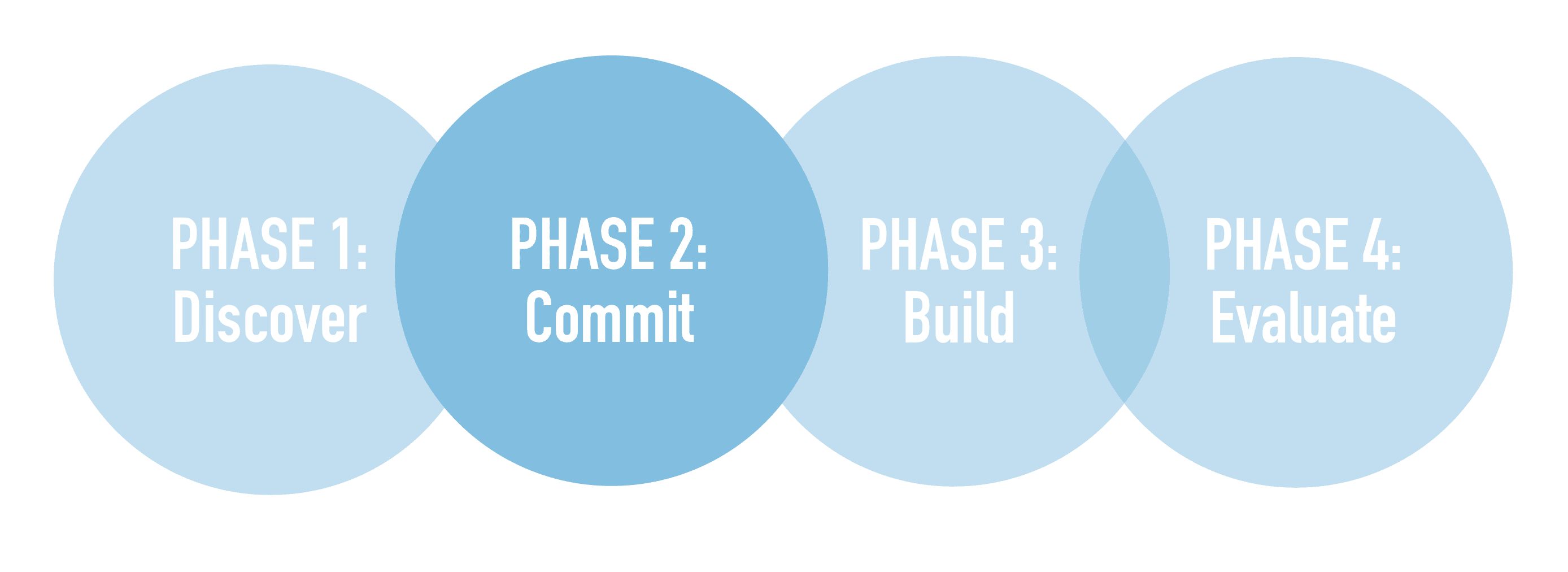
Step 4. Analyze challenges and opportunities from information gathered during “Discover and Assess” phase. Then choose an initial focus, perhaps one to four of the most significant areas that are of importance to the community and that could benefit by being addressed through compassionate action.
As you enter Phase 2 you’ll see that there are also 3 Steps. Besides getting deeply involved with assessing your challenges, you are going to want to start paying special attention to how your team is functioning. After all your team is the backbone of the initiative. There is a model, the Tuchman Model*, that can be helpful to keeping you on track.
Step 5. Based upon prioritized choices, create a plan to move forward including specific short-term and long-term objectives, action plans, and anticipated outcomes. Plan purposeful, measurable actions toward fulfilling your objectives with designated responsibilities and appropriate time frames.
Continuing with Phase 2 - Commit. The success of a community initiative rests comfortably in the hands of partners. We’ve devoted a small section on the web to Building Partnerships. Get familiar with the purpose of partnerships. Keep in mind that your partners locally, become our partners globally. Each of your partners helps to expand your reach and ownership of your initiative. Bringing in a local school district, an interfaith organization, health care facilities, etc. can mean involving hundreds, if not thousands of people.
Step 6. Make a formal and public commitment to the concepts contained in the Charter for Compassion-- by proclamation, resolution, or a completed action plan.
Local governments can affirm the Charter for Compassion, schools at any level can become Compassionate Institute, health care organizations can practice compassion, as can local businesses, social service agencies. The Charter has 12 sectors and we are always looking for ways that local communities can join in our work globally, but just as importantly, you want their involvement locally.
Now onto Phase 3.
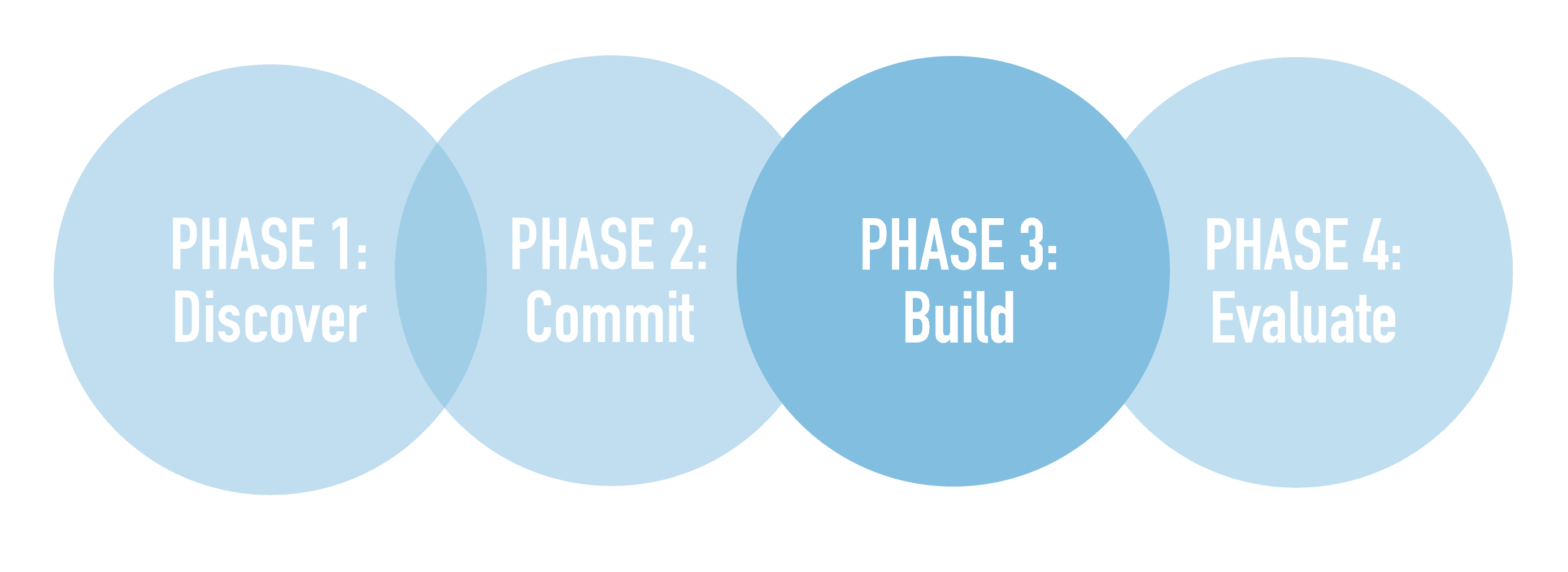
Step 7: Build momentum by involving other community members, linking to community events, and inviting nearby communities to participate. Educate the broader community about what it means to become a Compassionate Community, and acknowledge the acts of compassion that are already working within your community.
Phase 3 is about Building. You have successfully gone through the Discovery stage which as you know will continue to grow as you involve more people and organizations into the initiative, and you have put some serious effort into Phase 2, Commit. Now it is time to Build. Each of the steps in Phase 3 are outlines on their own pages. As you move ahead, please review the Tuchman Model to assure that your team is functioning in the best possible way.
Step 8. Communicate within the community on a regular basis—meetings, emails, articles, social media, and whatever other means—to keep people informed and energized.
This step is definitely about communication in all directions, not only locally, but think about sharing your successes with the Charter’s global staff.
Some initiatives make quarterly or yearly reports to the local government, others meet monthly with the mayor. Think about presenting your work at one of the Charter’s monthly webinars.
Step 9: Reach out to share globally—for example, by partnering with a community in another country.
The Charter for Compassion staff is ready to help when you are ready.

Step 10. Monitor and measure your progress, and continue planning. Celebrate successes; learn from unsuccessful efforts and adjust subsequent actions accordingly. Then share your experiences and your stories with the Charter community –for example, by posting on the Charter’s website.
Congratulations, you have worked your way through the Phases. However, as you know there is always room for improvement, and each Phase will continue to grow as your initiative grows.
*Todd Porter, Compassionate Dallas-Ft. Worth has written a blog about the Storming phase of Tuckman's model. You can read it here.



